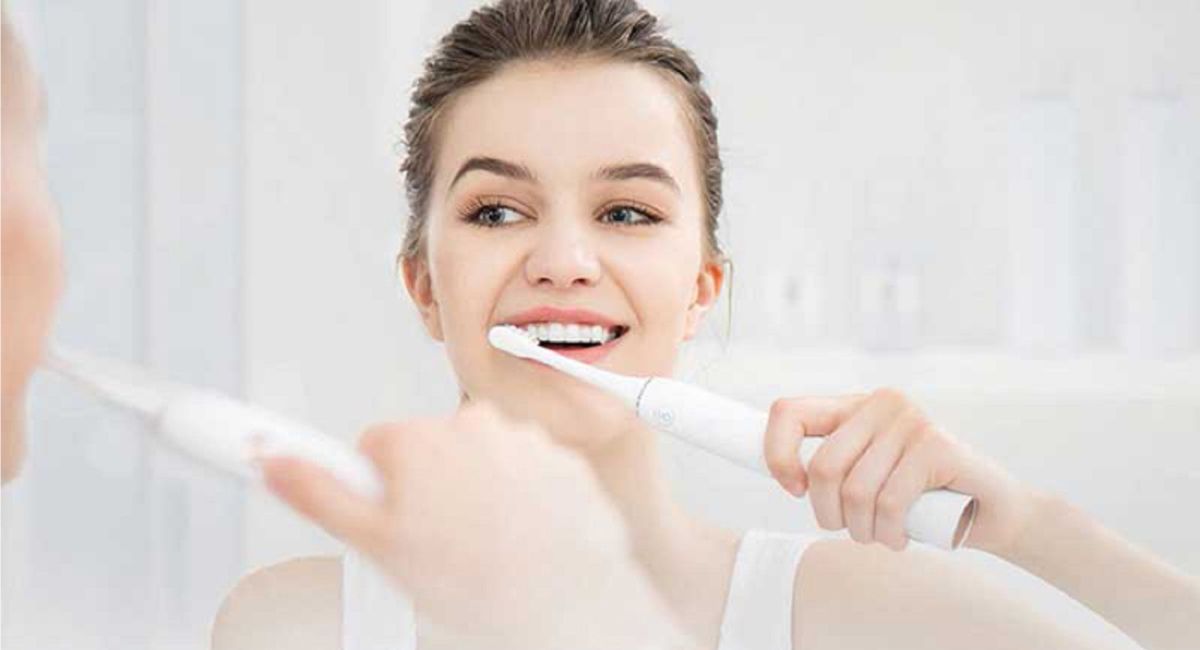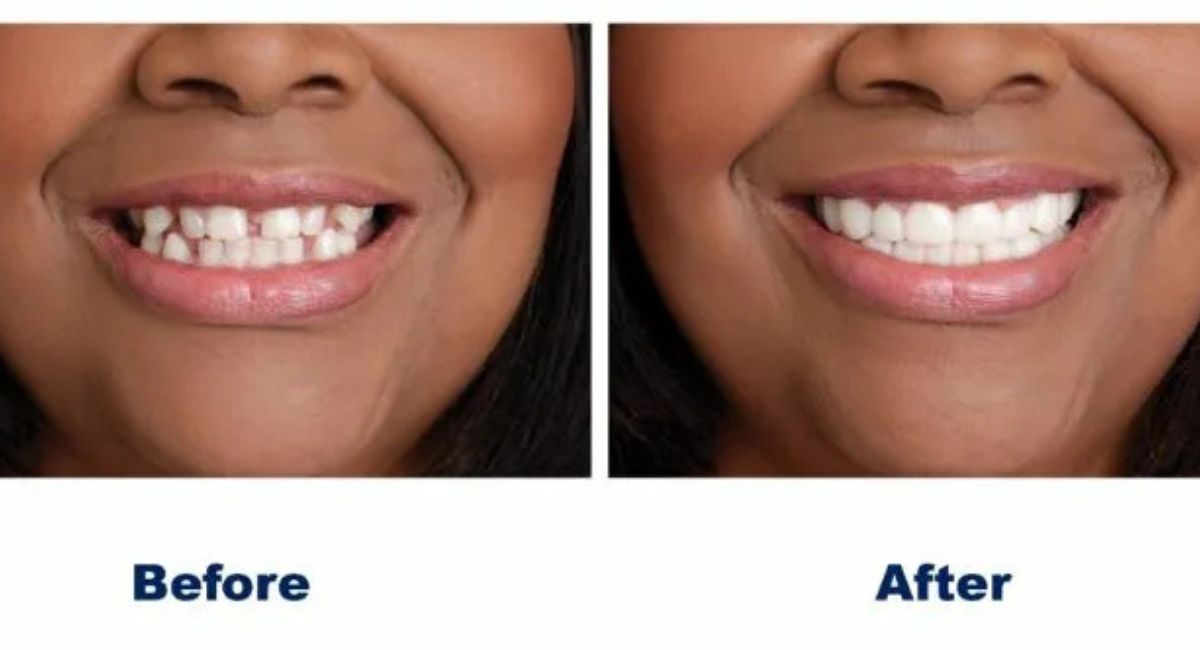Ever had that uneasy moment after surgery where you’re standing in front of the mirror, toothbrush in hand, wondering, “Can I brush my teeth after wisdom teeth removal?” You know your mouth feels sticky, maybe a bit sore, but you’re scared brushing might mess up the healing. It’s frustrating not knowing what’s safe, especially when you just want your mouth to feel fresh again.
This guide clears up all that confusion. You’ll learn exactly when and how to brush safely, what dentists actually recommend, and which mistakes to avoid. By the end, you’ll know how to keep your mouth clean, protect your healing gums, and prevent problems like infection or dry socket—without slowing down recovery.
When Is It Safe to Brush After Wisdom Teeth Removal?
Most dentists recommend waiting at least 24 hours before brushing. This waiting period allows your body to form a blood clot at the extraction site, which protects the bone and nerve underneath. Brushing too soon could loosen it, causing pain and delaying the healing process after wisdom teeth extraction.
After the first day, you can begin brushing after dental surgery gently using a soft toothbrush for sensitive gums. Always avoid the extraction area directly. When in doubt, ask your dentist, “When should I start brushing after extraction?” Every mouth heals differently, and your dentist may adjust your timeline based on swelling or wisdom tooth socket care progress.
Why You Should Avoid Brushing Too Soon After Surgery
Brushing immediately after wisdom tooth removal aftercare instructions can harm your recovery. The blood clot protection after extraction is fragile in the first 24 hours. If disturbed, you risk dry socket, a painful condition where bone and nerves are exposed. This not only slows oral surgery recovery tips but also increases infection risk.
If you wonder, “Can brushing cause dry socket?”, the answer is yes—especially if you brush harshly or rinse forcefully. Dentists recommend skipping toothpaste on the first night, as it can irritate swollen gums after extraction and dissolve protective clots. Patience truly helps your mouth heal faster and cleaner.

What to Do During the First 24 Hours Post-Extraction
In the first day, focus on rest and blood clot protection after extraction. Avoid brushing, rinsing, or using mouth rinse after tooth removal until your dentist confirms it’s safe. Instead, keep your head slightly elevated and apply a cold compress to reduce swelling.
Stick to soft foods like mashed potatoes or yogurt to prevent food particles near extraction site. If something gets stuck, resist the urge to poke it out. Instead, gently rinse with plain water the next day or follow your dentist’s best oral care routine after surgery instructions for cleaning mouth after extraction safely.
Step-by-Step Guide to Brushing After Wisdom Teeth Removal
Once 24 hours have passed, you can resume post-extraction dental hygiene carefully. The key is gentle brushing techniques. Use slow, circular motions and avoid the extraction socket directly. Always use lukewarm water instead of cold or hot to prevent sensitivity.
Here’s a simple guide recommended by dental experts in the U.S.:
| Step | Action | Dentist’s Note |
|---|---|---|
| 1 | Wait at least 24 hours | Allows blood clot to form |
| 2 | Use soft toothbrush for sensitive gums | Prevents irritation |
| 3 | Brush away from extraction site | Avoids dislodging clots |
| 4 | Skip toothpaste first day | Reduces chemical irritation |
| 5 | Rinse gently with salt water | Helps dry socket prevention |
If you wonder, “How to clean teeth without hurting the healing area?”, always brush other parts of your mouth first and leave the extraction side for last, using only soft strokes.
The Best Toothbrush and Toothpaste for Gentle Cleaning
Choosing the right products is part of smart wisdom tooth socket care. Dentists suggest using a soft toothbrush for sensitive gums or a child-sized brush to reach small corners gently. Avoid electric brushes for the first few days because vibration can disturb healing tissue.
When patients ask, “Can I use toothpaste after wisdom teeth removal?”, experts say yes—but only mild ones. Non-foaming, low-fluoride, and flavor-free formulas are ideal. Avoid whitening or minty products as they can irritate open tissue. For example, Sensodyne Extra Soft or Tom’s Fluoride-Free are often listed among dentist-approved oral care products for oral hygiene after wisdom teeth removal.
Safe Alternatives to Brushing (Salt Water Rinses and Mouthwash)
If you can’t brush yet, you can still keep your mouth clean. Salt water rinses are one of the most trusted gentle cleaning methods after surgery. Mix half a teaspoon of salt into a cup of warm water and swirl gently after meals. This kills bacteria, reduces swelling, and helps dry socket prevention naturally.
When it comes to mouthwash, choose alcohol-free options. Many patients ask, “Should I rinse my mouth after wisdom teeth removal?” The answer is yes—but gently. Start after 24 hours and only swirl lightly. Below is a comparison of rinsing options:
| Type | Benefits | Precautions |
|---|---|---|
| Salt Water | Natural disinfectant, easy to make | Avoid hot water |
| Alcohol-Free Mouthwash | Freshens breath, reduces bacteria | Use only gentle brands |
| Prescription Rinse | Faster healing in severe cases | Must be dentist-prescribed |
These best mouthwash for post-extraction care options protect healing tissues while maintaining freshness.

Common Brushing Mistakes That Can Delay Healing
Many patients unknowingly delay their oral surgery recovery tips by making simple mistakes. Common ones include brushing too hard, using electric toothbrushes too early, and forgetting to rinse properly. Overusing mouthwash or spitting forcefully can also disturb the blood clot protection after extraction.
Dentists also warn against brushing with stitches in mouth without guidance. Pulling at the stitches or touching them with the brush can cause bleeding or infection. The best approach is to brush gently and follow dentist tips for post-surgery brushing shared during your follow-up appointment.
Signs You’re Brushing Too Hard or Too Early
After you start brushing after dental surgery, watch for warning signs. If you notice bleeding, pain, or reopened wounds, it means you’re brushing too aggressively. Some patients experience swollen gums after extraction or lingering soreness when using even soft brushes.
Recognizing signs of improper healing after wisdom teeth removal is crucial. If pain increases instead of decreasing, you may have disturbed the blood clot or introduced bacteria. In such cases, pause brushing and schedule a dental checkup. It’s better to protect your recovery than push too soon.
How to Keep Your Mouth Clean and Odor-Free Without Brushing
During early recovery, it’s normal to worry about bad breath. You can keep mouth clean when brushing isn’t allowed using safe alternatives. Rinse gently with salt water several times a day, drink plenty of water, and avoid sugary or sticky foods. These small habits support dry socket prevention and improve post-extraction dental hygiene.
You can also chew sugar-free gum (if your dentist allows it) or use best mouthwash for post-extraction care to fight bacteria. Proper hydration helps flush out food particles and keep your mouth fresh while supporting the healing process after wisdom teeth extraction.
When to Call Your Dentist for Pain, Bleeding, or Infection
Some discomfort is normal, but excessive pain or persistent bleeding may signal a problem. Dentists recommend calling if swelling increases after three days or if you notice pus or foul odor. These could be signs of infection or a disturbed blood clot protection after extraction.
If you’re unsure when to contact a dentist after extraction, follow this simple rule: if pain or swelling worsens instead of improving, call your dentist immediately. You can also reach out to clinics listed by the American Dental Association (ADA) for emergency wisdom tooth removal aftercare instructions and care.

Case Study: Real Recovery Experience
Patient: Sarah, 27, from California
Procedure: Four wisdom teeth removed under sedation
Sarah wondered, “Is it safe to brush after wisdom tooth surgery?” Her dentist advised waiting a full day before resuming her best oral care routine after surgery. On day two, she used a soft toothbrush for sensitive gums and salt rinses. Within a week, her wisdom tooth socket care improved dramatically, and by day ten, her oral hygiene after wisdom teeth removal returned to normal.
Her experience shows that patience and gentle cleaning prevent pain and speed up healing. Following dentist-approved oral care and avoiding oral hygiene mistakes after wisdom teeth removal can make recovery smooth and painless.
FAQs About Can I Brush My Teeth After Wisdom Teeth Removal?
1. How do you clean your mouth after wisdom teeth removal?
For the first 24 hours, avoid rinsing, brushing, or spitting to let the blood clot form. After that, gently rinse your mouth with warm salt water several times a day, especially after meals. Use soft motions and avoid disturbing the surgical area.
2. When to brush your teeth after wisdom teeth removal?
You can start brushing again about 24 hours after surgery, but do it carefully. Avoid brushing directly over the extraction site for at least a few days. Use a soft-bristled toothbrush and gentle strokes to keep your mouth clean without causing irritation.
3. Does gauze prevent dry socket?
Gauze helps stop bleeding, but it doesn’t directly prevent dry socket. The key is to avoid dislodging the blood clot by not sucking, spitting, or using straws. Keep gauze in place only as long as needed and replace it if soaked.
4. Can I use toothpaste after tooth extraction?
Yes, but wait at least 24 hours and use a mild, non-whitening toothpaste. Be careful not to foam too much or rinse forcefully. Gently brush the rest of your teeth while avoiding the extraction site.
5. When can I spit after wisdom teeth removal?
Avoid spitting for at least 24 to 48 hours after the procedure. Spitting can dislodge the healing blood clot and increase the risk of dry socket. Instead, let liquids fall out of your mouth naturally.
6. How to avoid dry socket?
Don’t smoke, use straws, or rinse aggressively for the first few days. Stick to soft foods, stay hydrated, and keep your mouth clean with gentle saltwater rinses. Follow your dentist’s care instructions closely to ensure smooth healing.
Conclusion
Learning how long to wait before brushing after oral surgery makes a huge difference in your comfort and recovery. Wait 24 hours, brush gently, and follow all wisdom tooth removal aftercare instructions for the best results. Using gentle cleaning methods after surgery like salt rinses helps keep your mouth clean while your body heals naturally.
Most importantly, follow professional dentist tips for post-surgery brushing and avoid rushing the process. With proper care and attention, your recovery timeline after wisdom teeth removal will be smooth, pain-free, and fast—leaving your smile as bright as ever.

